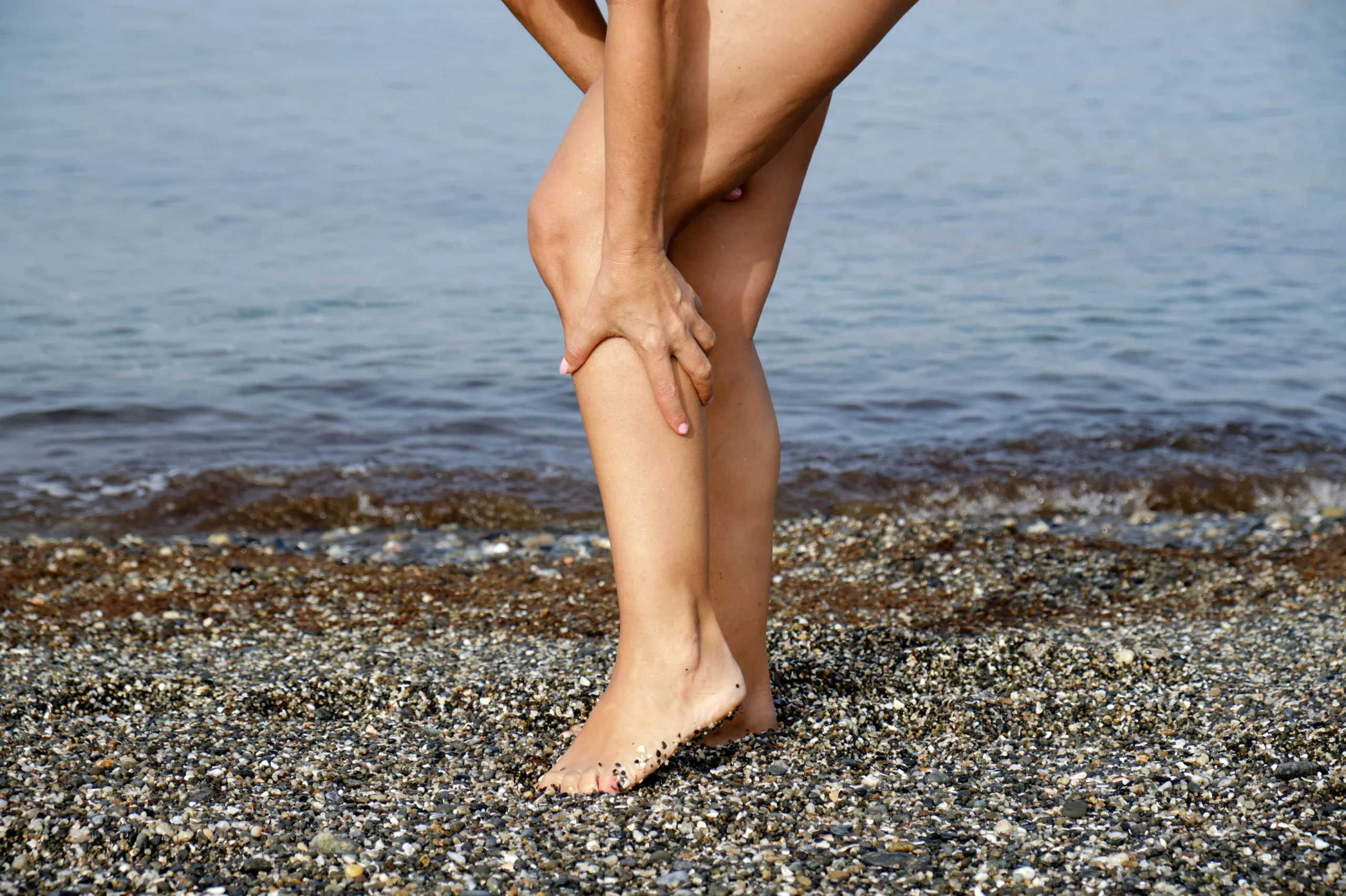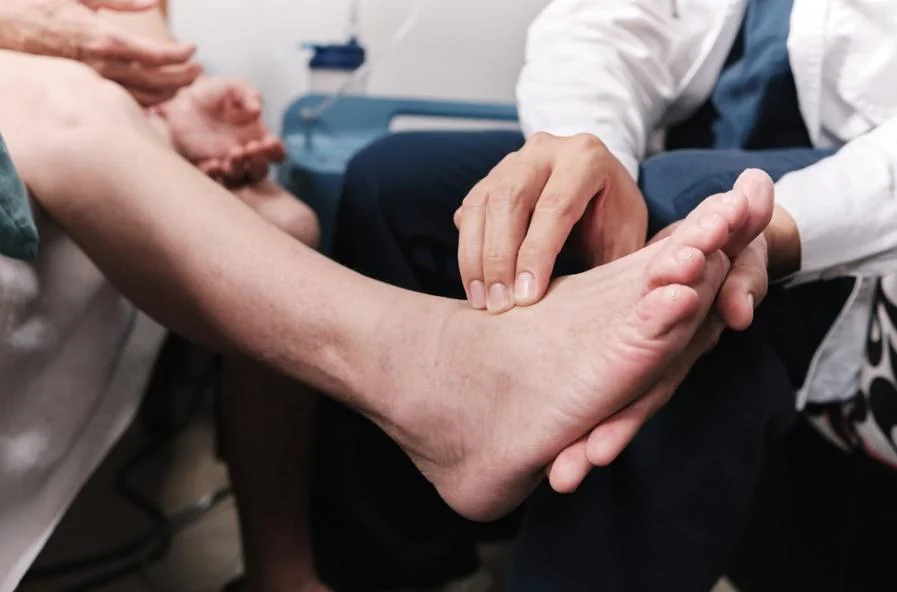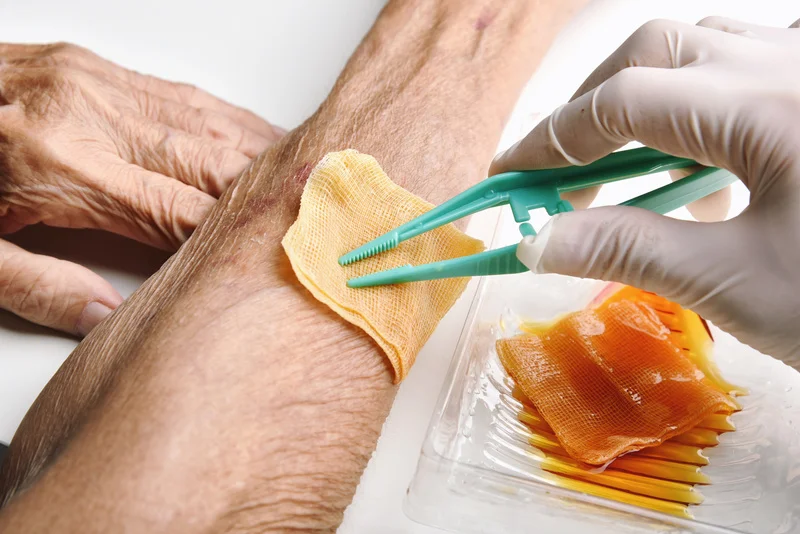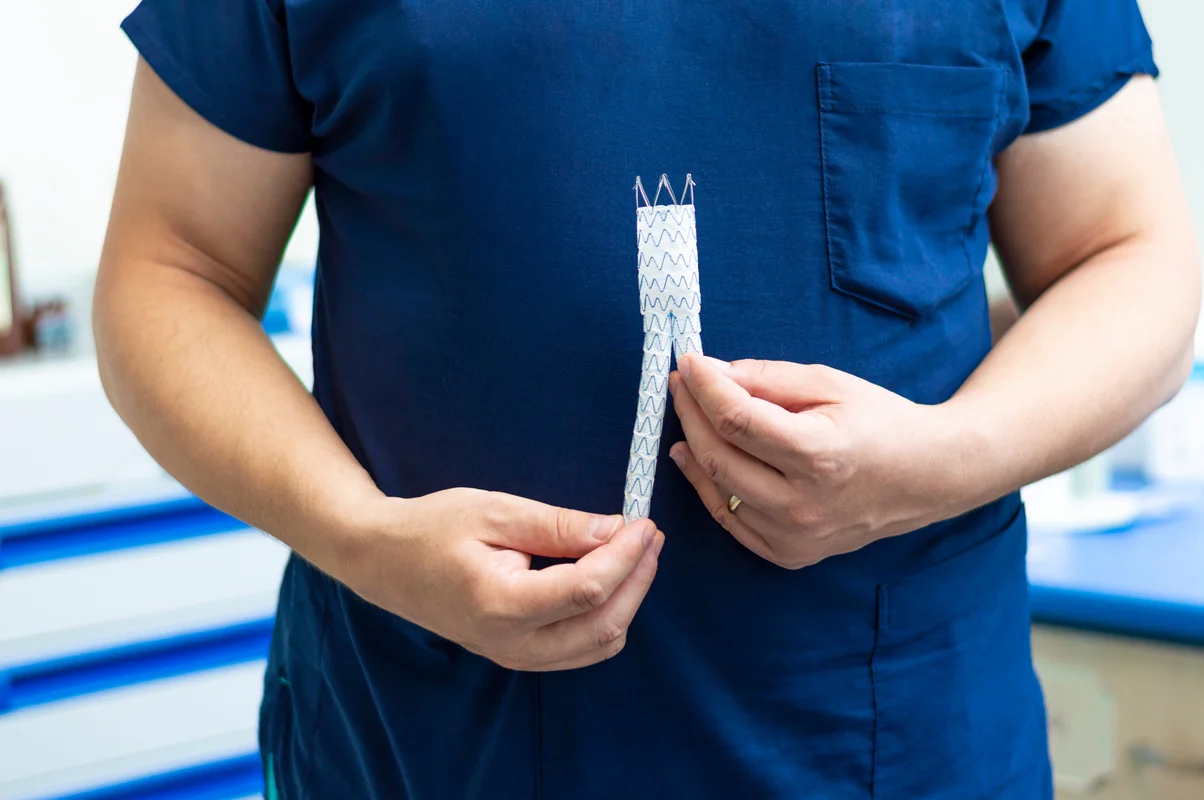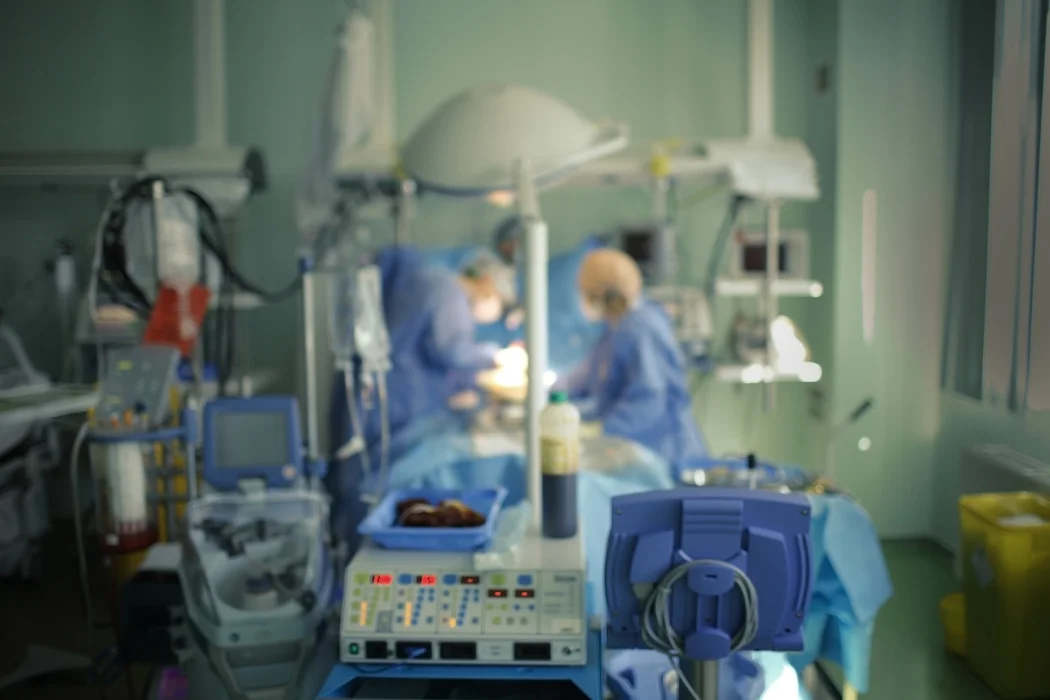Chronic venous insufficiency (CVI) is a medical condition that significantly impacts leg health, affecting countless individuals each year. This guide delves deep into the causes, symptoms, and available treatments, providing vital information for those affected by this condition. CVI arises from the inability of leg veins to adequately return blood back to the heart, often due to valve dysfunction or issues with vein wall elasticity. This condition can lead to discomfort, pain, and severe health complications if not addressed.
By exploring the intricacies of CVI, from its early signs to advanced treatment techniques, this guide aims to empower patients and caregivers with the knowledge needed to manage and potentially overcome this challenging condition.
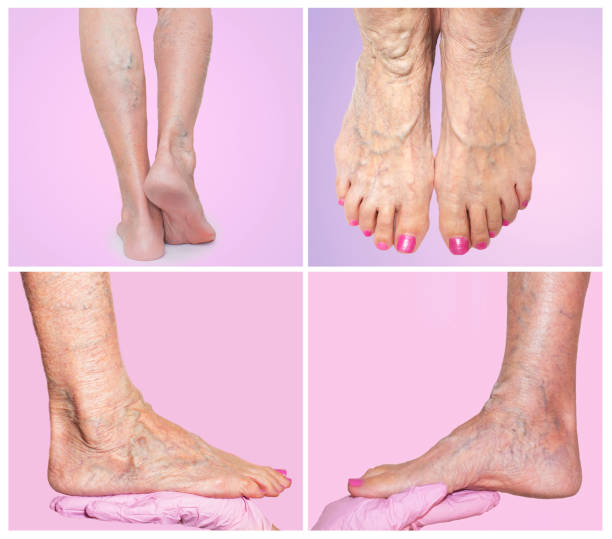
What is Chronic Venous Insufficiency?
Chronic venous insufficiency occurs when leg veins do not efficiently return blood back to the heart. Over time, valve malfunctions in the veins can cause blood to accumulate in the legs, leading to several symptomatic issues and complications.
What Causes Venous Insufficiency?
The causes of chronic venous insufficiency are multifaceted, ranging from genetic factors to lifestyle choices. Key contributors include:
- Genetic predisposition, where family history plays a significant role.
- Aging, which reduces vein elasticity,.
- Prolonged periods of standing or sitting, which can impede blood flow.
- Obesity, which adds pressure to veins.
- Pregnancy, which increases venous pressure due to hormonal changes and weight.
Identifying the symptoms
Early detection of CVI can greatly improve the quality of life and treatment success. Symptoms include:
- Persistent leg swelling
- Painful, bulging varicose veins
- Aching or throbbing legs
- Itching and tingling sensations
- Changes in skin color and texture, often leading to skin ulcers
It’s crucial for individuals experiencing these signs to seek medical advice promptly.
Treatment Options
At Dr. Darryl Lim’s clinic, patients have access to holistic, innovative and minimally invasive treatments tailored to their specific conditions. Treatment strategies may include:
- Compression Therapy: Wearing specially designed stockings that help with blood flow.
- Medication: Drugs to reduce swelling and improve blood flow.
- Endovascular or Surgical Intervention: Procedures like sclerotherapy, laser surgery, and vein stripping.
Lifestyle Management for CVI
In addition to medical treatments, managing CVI effectively includes lifestyle modifications. Important strategies are detailed on our lifestyle management page, such as:
- Engaging in regular, low-impact exercises like swimming or walking.
- Maintaining a healthy diet helps reduce body weight.
- Elevating the legs when resting improves circulation.
Need Expert Vascular Care?
Book an appointment with Dr. Darryl Lim today and get a personalized treatment plan for your vascular health.

Conclusion
Recognizing and understanding chronic venous insufficiency (CVI) is essential for managing this challenging condition effectively. CVI can significantly impair quality of life, causing symptoms like leg swelling, pain, and changes in skin color. Early intervention is crucial in preventing its progression and alleviating symptoms. If you or a loved one are experiencing any signs of CVI, it is vital not to delay seeking medical advice. Prompt treatment can help manage the symptoms and prevent further complications. Dr. Darryl Lim specializes in the diagnosis and treatment of venous disorders, offering a range of customized treatment options tailored to individual needs.
Visit Dr. Darryl Lim’s contact page today to book a consultation and embark on your journey toward better vascular health. Taking this step can be the beginning of a significant improvement in your daily comfort and overall health.
